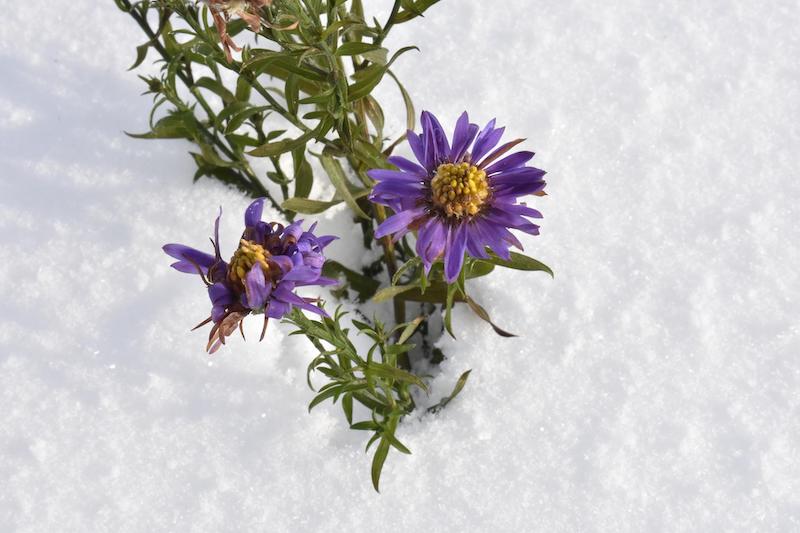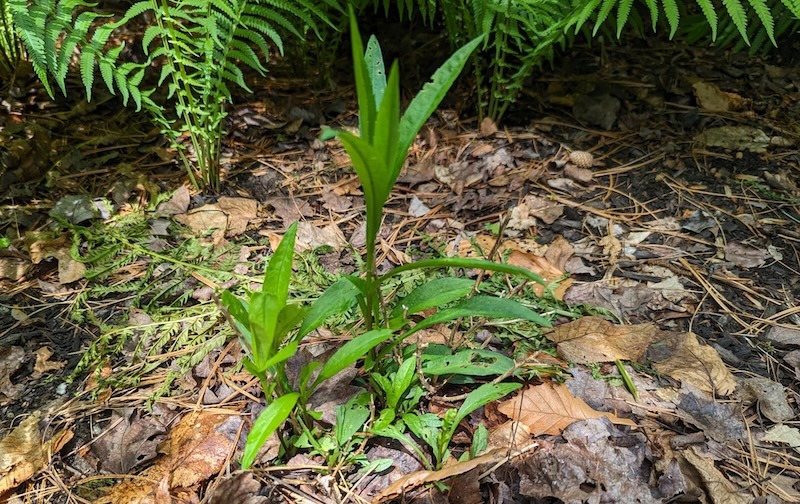Asters are a tough perennial. They are cold hardy in zones 3-9 and are able to withstand a wide range of temperatures. They prefer average garden soil that is well-drained and not soggy as they do not like wet roots. A quick-draining, sandy or loose soil is preferable for planting. They do well in full sun to partial shade, but will produce fewer blooms in shade. They are not fond of commercial fertilizers and would instead prefer an application of organic matter in the late spring or fall.

Protecting Asters in Winter
Asters require little winter protection. Some gardeners will lightly cover the plant crowns with salt marsh hay or compost to help protect the plants in winter, but it is not necessary.
Cutting Back Asters For Winter
Asters should be cut back in late fall after they have finished flowering. As the foliage fades, cut all growth to a few inches above the soil line.

Asters Winter Care in Pots
Asters grown in pots or containers can be moved to a protected area for the winter, like a covered porch. In areas with severe winters, cut back growth after the first hard frost and move the container to a frost-free, but unheated location. Plants may also be transplanted to the garden for the winter and repotted in the spring.
Watering Asters in Winter
Asters growing in the garden require no additional watering in winter. Asters growing indoors in containers should be checked periodically for dryness. Allow the top 2-3 inches of soil to dry before watering.
Growing Asters Indoors
Asters will not do well growing indoors as they require a chilling period for dormancy.
Steps To Care For Asters in Winter
Step 1 - Cut asters back to a few inches above soil line
Step 2 - Asters may be lightly mulched with salt marsh hay or compost
Step 3 - Make sure the soil is well-drained
Step 4 - Make sure the area is not wet
Step 5 - Add compost to base of plant
 |
Author Chris Link - Published 08-29-2022 |
